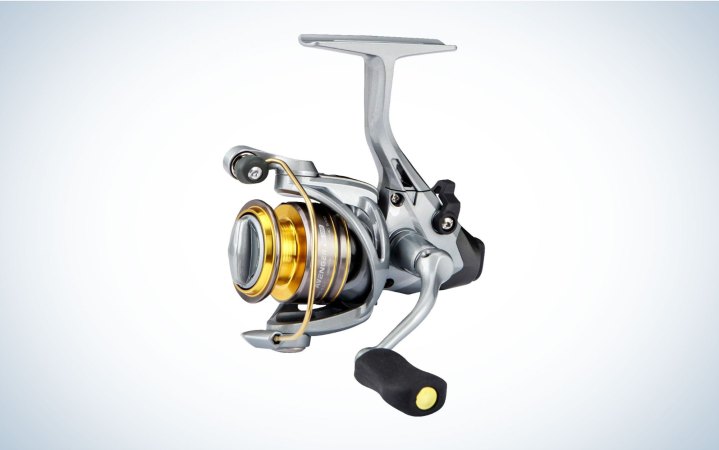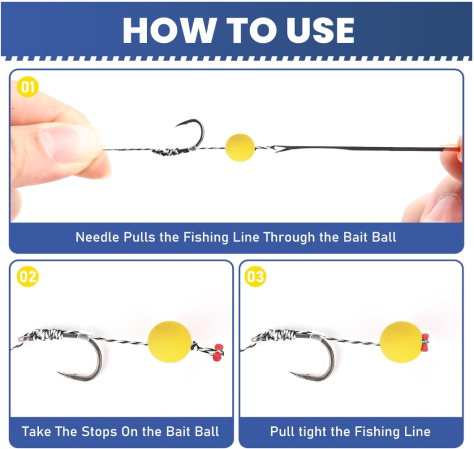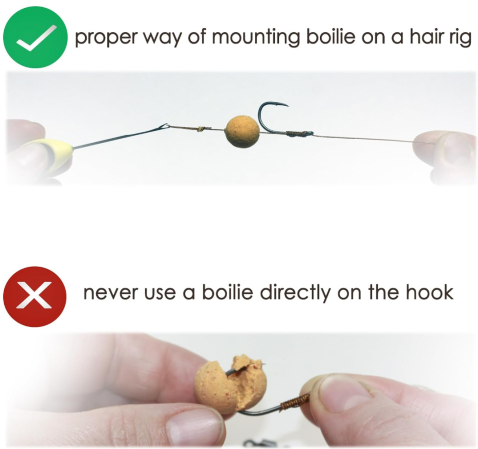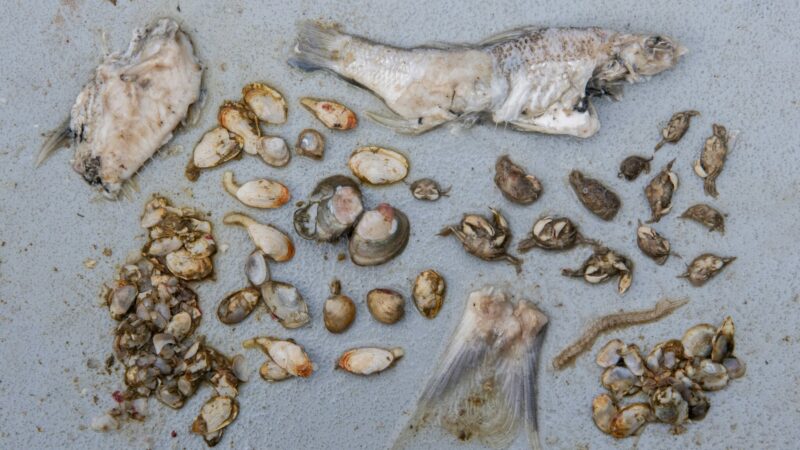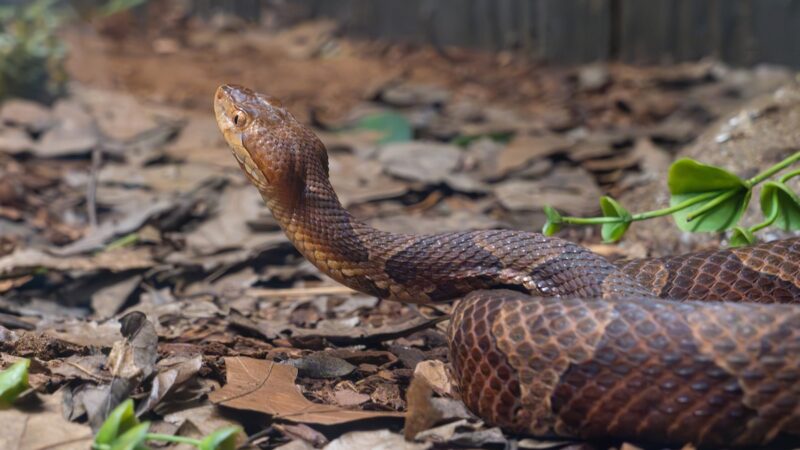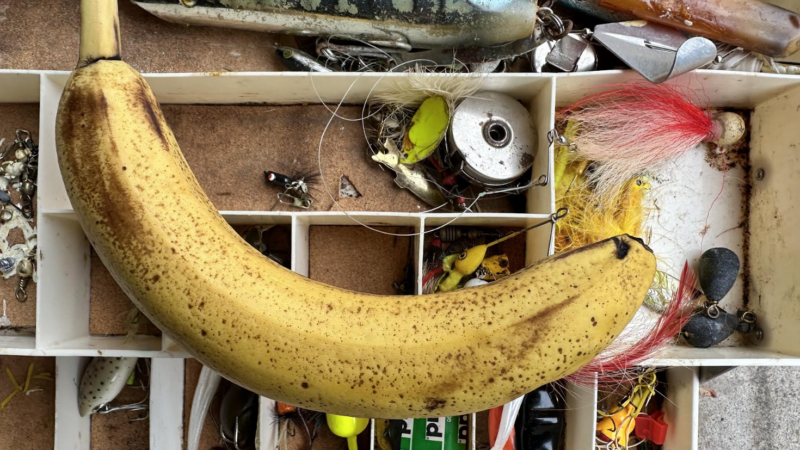How to Catch Carp: Tips and Tactics for Beginners
In the United States, carp are mostly considered “trash fish.” These non-native bottom feeders were introduced to our country centuries ago and have adapted and thrived so well that they exist in practically every state. They have a reputation for being horrible on the table, which doesn’t help their popularity. However carp also have a cult following here because many American anglers have recognized what the Europeans have known for much longer — carp are not easy to fool and they are brutally strong opponents.
Throughout Europe, carp are the most popular sportfish, accounting for huge sums of money spent annually on specialized tackle. While there are some American anglers who have adopted the full-on Euro method of carping, you don’t need to go down that expensive rabbit hole to find success with these fish. Though there’s a bit of Euro flare injected into some of the tips and tricks presented in this carp fishing guide, what I will cover here is a more attainable methods and tackle that will get you on the fast track to carp glory regardless of budget and how much time you have to devote to “ol’ rubberlips.”
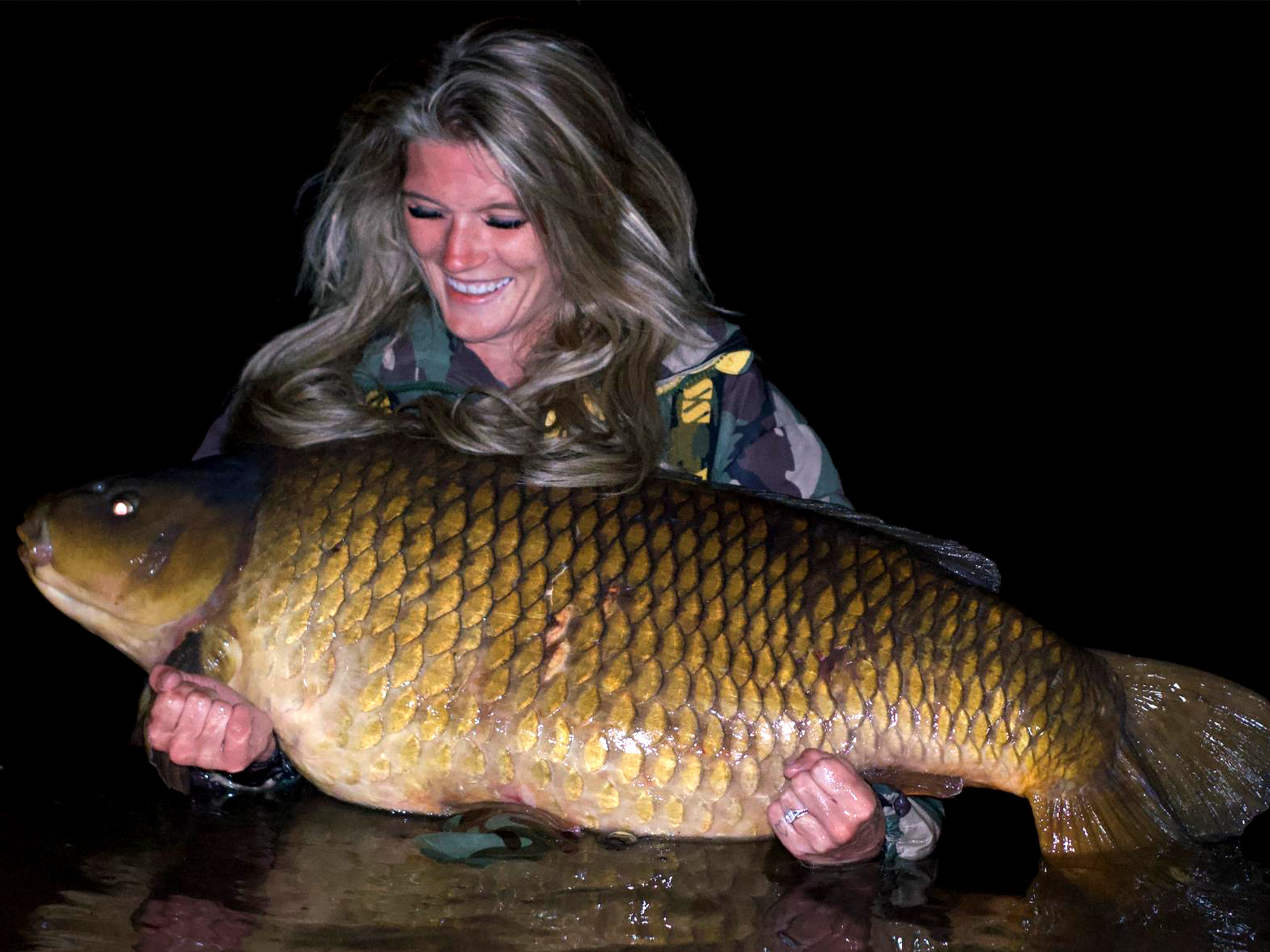
Quick Carp Fishing Tips
- Despite their often slow, plodding behavior, carp are highly sensitive to their environment and spook very easily. Keep this in mind when approaching fish.
- Although they have a downturned mouth for bottom feeding, carp are adept at eating off the surface and in the middle of the water column.
- When using corn, always throw a handful around the area where your hooked bait landed (just make sure to check your local regulations first).
- Set your drag extremely light so a carp feels no resistance when it moves away with your bait.
- Look for mulberry trees on the water’s edge, as carp will flock to them when the berries are falling.
- Pre-chumming the area you intend to fish days or weeks ahead of time will increase your chances of carp success (again, check your local regs).
- When handling a carp, be mindful of the sharp, serrated leading spine on its dorsal fin.
- Carp can be very sensitive to your line or leader, so don’t be afraid to scale down to lighter line even when targeting bigger fish.
How to Catch Carp: Gear Tips
Use a Bait Feeder Reel
A bait feeder—also called a bait runner—is a style of spinning reel with the functionality to quickly engage and disengage the drag while also allowing you to maintain two drag settings at once. After casting out your bait, engage the bait feeder switch. This overrides the reel’s drag setting, allowing the spool to spin freely while maintaining just a bit of tension as a fish swims away. As soon as you turn the reel’s handle, the bait feeder disengages and the drag kicks back in to put more pressure on the running fish.
This style of reel is commonly used by serious carp anglers because these fish have ultra-sensitive mouths. When they vacuum a bait off the bottom, the slightest bit of resistance or pinch from the metal hook point can instantly make them spit out your offering. A bait feeder gives them more time to run, thus giving them more time to work the bait — and the hook — farther back into their mouths, which helps you achieve a better hook set. This is especially critical given that you usually need to use small hooks, even when targeting large carp.
Spool Lightly
Even though the average carp will weigh between 5 and 12 pounds, there are plenty of places throughout the country where 20- to 40-pound carp exist. And believe me, carp fight extremely hard. A common mistake anglers make when targeting larger fish is bulking up their line assuming the added strength will be better for fighting heavy beasts. This is true, but the problem is that using heavy line and leader will greatly reduce your number of strikes.
Despite popular belief, carp aren’t dumb. They’re wary, smart, and their sensitive mouths and eyes are adept at spotting anything unnatural. If you’re presenting a bait on 20-pound leader, the carp may notice that heavy line. Likewise, if it picks up a bait, thicker diameter main line will create more tension than light line. Successfully landing big carp boils down to your personal ability to fight them and use your reel’s drag to tame them. This becomes even more true when you realize a light 6-pound leader may be necessary to score an eat. Landing these giants on light line requires patience and skill.
Try a Hair Rig
Using a hook small enough that it can be completely concealed within your bait is key when carp fishing, as they can feel the metal quickly and some anglers even believe they can smell the metal of a hook. However, if you want to up your game, you can take a page from European carp anglers and try a hair rig.
Hair rigs feature a small hook wrapped in strong thread, a longer tag end hangs just below the hook bend. With help from a small rigging needle, your bait is threaded onto this tag end and held in place with a stopper. In this configuration, the bait is never actually pierced on the hook, and the idea is that when a carp inhales the rig, it won’t feel the sharp metal right away. Once it thinks the bait is safe it will inhale deeper, thereby taking in the bare hook positioned just behind the threaded bait. The lack of bait obscuring the point also results in more positive hook sets.
Choose the Right Rod Holder
If you find yourself spiraling down the rabbit hole on how to catch carp, you’ll soon find yourself looking at rod holders. Specialty European-style horizontal rod stands complete with electronic bite alarms and other features commonly sell for north of $100. These are cool, but not necessary. However, you still might want to consider a holder that’s more advanced than a forked stick you find on the lake shore.
It’s important that a carp be able to take some line freely after it picks up your bait without feeling tension. If you’re not using a bait feeder reel, you can achieve this by setting your drag very lightly and then quickly cranking it down while the fish is running, or you can leave your bail open while the bait is soaking. In either case, you don’t want your rod holder pinching your line. You want it to be able to freely flow through the guides. Horizontal holders that you spike into the ground are the best option, as they only cradle the butt of your rod, keeping the reel positioned out in front of the holder so there’s no obstruction to the line.
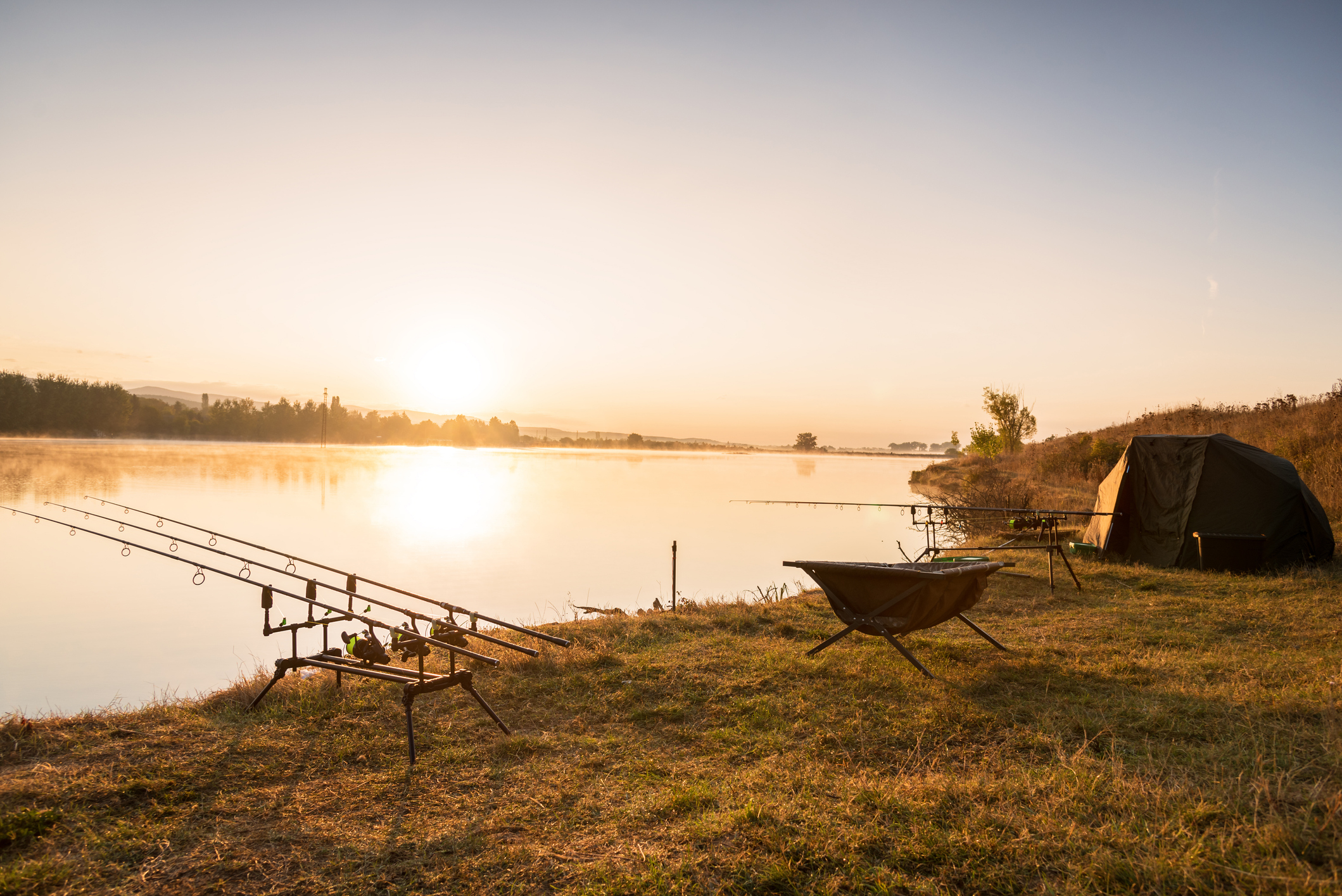
Grigor Ivanov via Getty Image
The Best Baits for Carp
Sweet Corn
Sweet corn has a lot going for it as a carp bait, which might be why it’s one of the most — if not the most — popular and common offering, at least in the United States. For starters it’s cheap and readily available. From a gas station convenience store to the dollar store, you can grab one can for a couple bucks and have all the bait you need for a full day of carping. But corn also checks all the right boxes for visual and scent appeal.
Carp are taste testers. They certainly get tuned into very specific food sources like aquatic insect larvae, wild berries, and seeds, but when they are just rooting around looking for a meal, they’ll often “taste” things that might be edible. Corn doesn’t naturally end up on their menu, but the kernels are small and round like berries. Likewise, corn has a sugary aroma like fruit as it milks out into the water. When a carp does slurp up a corn kernel, it has the texture of a small wild fruit or vegetable. Its bright yellow color also helps it stand out on darker mud bottoms. You can fish a single kernel or thread a few onto the hook, but no matter your presentation, it’s smart to broadcast some more corn around your bait’s landing zone to chum the fish into the area.
Dough Bait
In Europe where carp fishing is big business, companies churn out huge varieties of pre-made carp baits in a massive array of colors, scents, and textures. Boilies are one of the most common, and, in essence, they’re nothing more than tiny, hardened dough balls. Some float and some sink depending on their density, and, over time, they’ll dissolve in the water to unleash their scent. You, however, can make something similar and as effective right at home.
The base of a dough bait is simply flour and water. As for what you add to that base mix, the sky’s the limit. Garlic powder and shrimp oil, as an example, will give your baits a strong but savory smell; Jam or Jell-O powder will make them fruity and sweet. To alter the consistency of the baits, you can add a bit of oatmeal or to customize the hue, mix in some food coloring. I know some carp anglers who freeze or at least chill their dough balls so they stay on the hook longer but dissolve fairly fast, while others bake their baits to make them hard so they dissolve very slowly.
White Bread
White bread is one of the most effective carp baits, but it comes with a caveat. In my experience, its effectiveness hinges on where your carp live and how often they interact with people. All carp will eat bread, but in ponds and lakes within busy parks where people feed ducks and throw French fries in the water, they’ll often swarm when some bread chum hits the surface. I believe this is because they’re used to the smell and recognize it very quickly.
Meanwhile, if you were to broadcast bread in a large reservoir or river where the fish weren’t conditioned to eating it, it might take much longer for them to come running to the bread pile. Always use fresh, moist bread for your hook bait, compressing the pieces to make them firmer before piercing them.
Garden Worms
You might think plain, old garden worms would be a top choice for carp, but I’ve never found them to be as consistently effective as the other baits noted here. In fact, in all the years I’ve been dunking worms for catfish, trout, bluegills, and smallmouths, I could count on one hand how many times a carp has gobbled up the bait. Carp certainly eat a lot of aquatic worms, and there’s no doubt that they’ll suck up a garden worm, but I believe it’s the worms’ lack of scent that makes them less potent.
Unlike garlicky or fruity baits, worms don’t emit a strong odor. So, I think that if a hungry carp happens upon your worm, it may very well inhale it, but it’s not going to sniff it out from far away like they might with more pungent baits. Still, I know some carp aficionados will likely disagree, so I would say if you’re going carping, bring a tub of worms. In some places they might be the best bait around, but I still wouldn’t skip the can of corn.
Tactical Carp Fishing Tips
.embed-container { position: relative; padding-bottom: 56.25%; height: 0; overflow: hidden; max-width: 100%; } .embed-container iframe, .embed-container object, .embed-container embed { position: absolute; top: 0; left: 0; width: 100%; height: 100%; }
Don’t Forget the Chum
Effectively chumming is one of the keys for learning how to catch carp. Can you put a single corn kernel or worm on a hook, cast out, and catch a carp? Absolutely, but carp are creatures of habit. If they know a food source is present in the same area over and over, they’ll frequent that spot. Therefore, a huge part of the European carp program is “baiting the swim.” Anglers devote a lot of time to pre-feeding carp so when they return with hook baits, the carp are used to and expecting the food source. You can employ the same method with corn or dough baits assuming you live close enough to your carp spot that it’s not inconvenient (and that this tactic is legal where you fish). But let’s suppose that you don’t live close.
Even if you’re fishing a brand-new spot for the first time, it’s always smart to throw more corn, dough, or oatmeal in the area where you’re casting. Carp are scent feeders, so anything you can do to attract them to the area is a plus. Likewise, they tend to let their guard down more when feeding in a group because they’re competing. While a lone carp may study a single piece of corn and refuse it, or taste it and spit, if you’ve got five in a frenzy trying to suck up more corn than the next fish, there is a much stronger chance one will Hoover your hooked bait without hesitation.
All Around the Mulberry Bush
Carp get tuned into all kinds of wild berries and fruits, but none more so than mulberries. These trees grow across the U.S. and if you can find one overhanging a lake or river loaded with carp, you’ve got a hot spot.
In late spring and early summer, the breeze will blow ripened berries into the water. The plop alone is like the dinner bell for carp, which will rise to the surface en masse at times to slurp the floating fruit. Though the window of opportunity around mulberry trees is short, it’s some of the most fun carp fishing. You can send out an unweighted berry on a single hook or match them with mulberry flies.
Follow the Brood
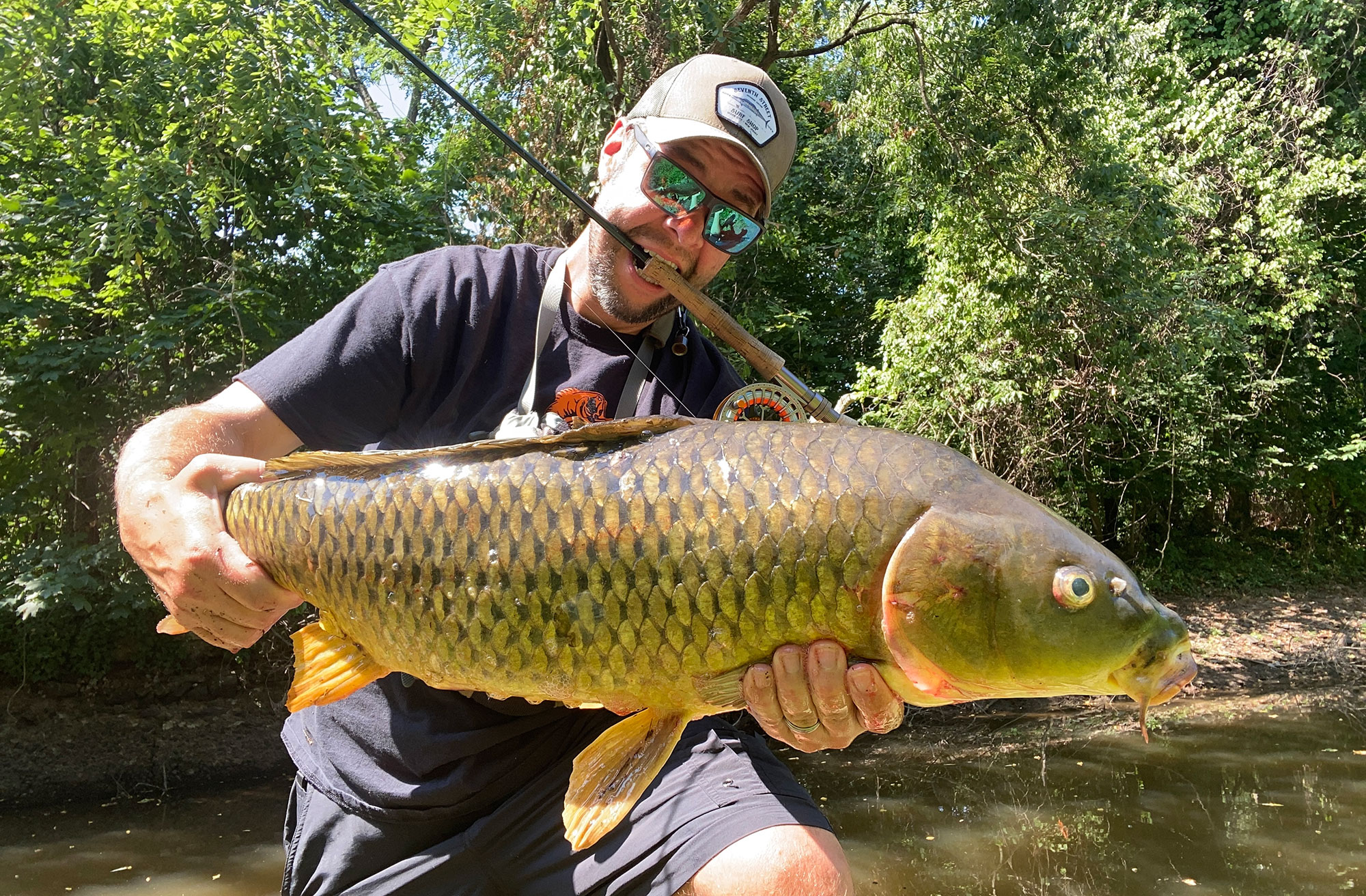
Anglers don’t often realize just how opportunistic carp can be. While they spend most of their time grubbing in the mud and rocks looking for worms and aquatic insects, bigger fish will happily suck down a giant crayfish if they get the chance. And when massive swarms of cicadas go crashing into the water, they’ll hammer those, too.
The cicada hatch fluctuates in different regions of the country every year, but if you can get to an area where it’s popping off, you can be treated to some of the best carp fishing you’ll ever experience. Naturally, fly anglers flock to these zones because there is no shortage of floating cicada patterns on the market (read my full guide on fly fishing for carp). However, if you’re a conventional angler, anything you can cast that stays on the surface and is black and “buggy” will get gobbled. A small, black Arbogast Hula Popper is a great choice.
Final Thoughts on How to Catch Carp
Carp fishing certainly isn’t for everyone. But, if you’re open minded, like a challenge, and enjoy fighting massive fish on light line, chasing carp is worth a try. And you definitely can eat carp, but the fish species that are better on the plate are Asian carp, not the common carp most recreational anglers target in local ponds and rivers. The best thing about carp is that you probably don’t have to travel far to find them, and most of the time you can target them from shore.
The post How to Catch Carp: Tips and Tactics for Beginners appeared first on Outdoor Life.
Source: https://www.outdoorlife.com/fishing/how-to-catch-carp/
